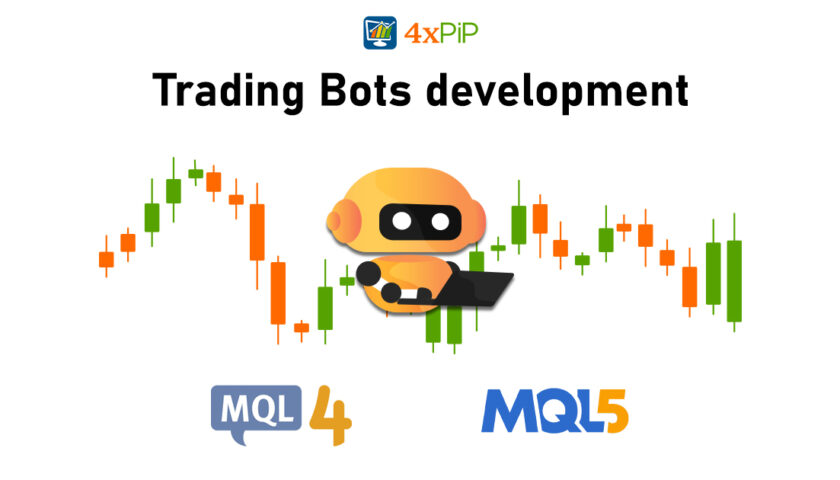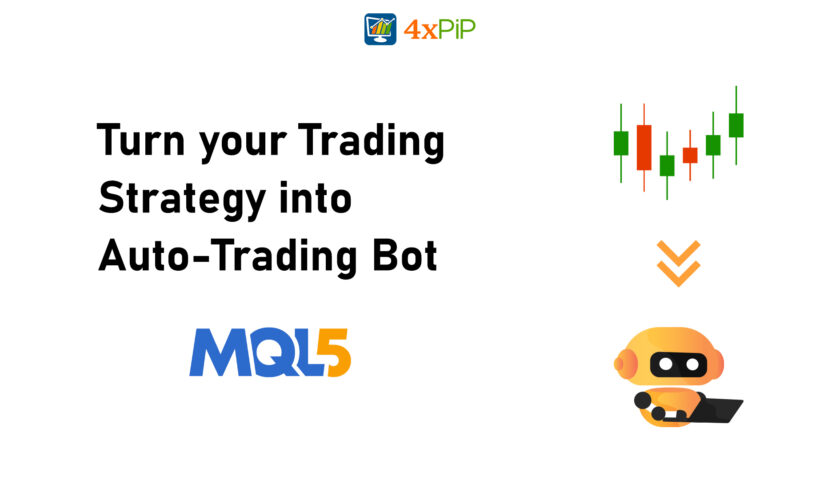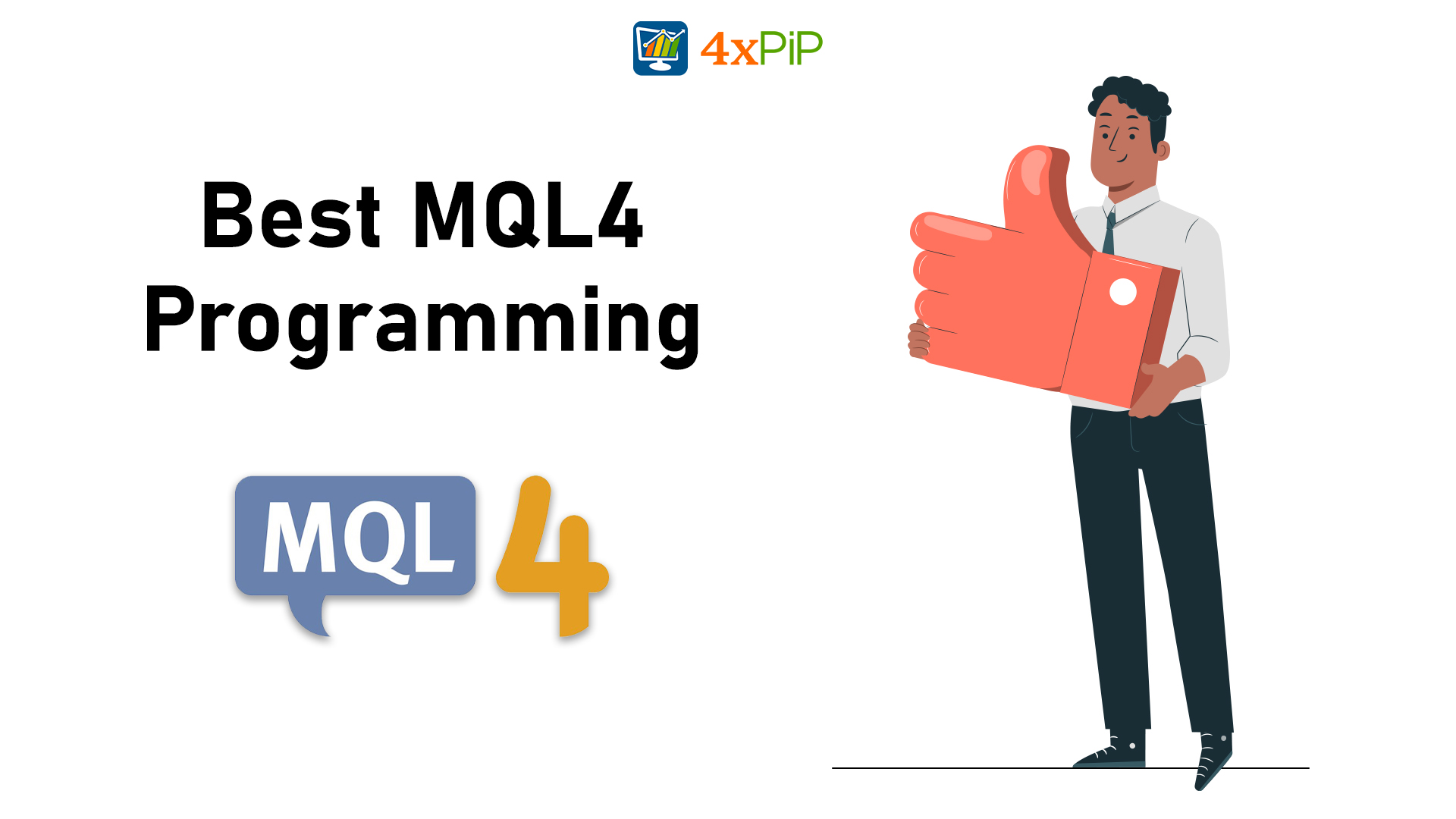The term “MQL4 programmer” refers to a specialist who is proficient in using the MetaQuotes Language 4 (MQL4) to develop automated trading systems, custom indicators, scripts, and other tools for the MetaTrader 4 (MT4) trading platform. MT4 is a widely used platform in the forex trading community, known for its robust features, user-friendly interface, and powerful charting capabilities. An MQL4 programmer plays a crucial role in enhancing the trading experience by creating customized solutions that cater to the specific needs of traders.
Understanding MQL4:
MQL4 is a high-level programming language developed by MetaQuotes Software for the MT4 platform. It is designed to be easy to learn for those with basic programming knowledge while being powerful enough to develop complex trading algorithms. MQL4 enables the creation of:
- Expert Advisors (EAs): Automated trading systems that execute trades based on predefined rules and conditions.
- Custom Indicators: Tools for technical analysis that help traders identify patterns and trends in the market.
- Scripts: Small programs that perform specific tasks, such as closing all open positions or placing multiple orders.

The Role of an MQL4 Programmer:
An MQL4 programmer’s primary role is to translate trading strategies and ideas into executable code that can be run on the MT4 platform. Their responsibilities typically include:
- Developing Automated Trading Systems (EAs):
- Programmers create EAs that automate trading strategies. These systems can monitor the market, execute trades, manage positions, and perform other trading-related tasks without human intervention.
- Creating Custom Indicators:
- MQL4 programmers develop these indicators to help traders analyze market data, identify entry and exit points, and make informed trading decisions.
- Writing Scripts:
- Programmers write scripts to automate repetitive or complex tasks, making the trading process more efficient and less prone to human error.
- Optimizing and Debugging Code:
- Ensuring that the code is efficient, bug-free, and optimized for performance is a critical aspect of an MQL4 programmer’s job. This involves rigorous testing and refining of the code.
- Providing Support and Maintenance:
- Programmers often provide ongoing support and updates to ensure that the trading systems and tools continue to function correctly in changing market conditions and with platform updates.
The Value of MQL4 Programmers in Forex Trading:
MQL4 programmers add significant value to the forex trading community by enabling traders to:
- Automate Trading: Automation helps in executing trading strategies consistently, reducing the emotional bias and manual errors associated with manual trading.
- Customize Tools: Custom indicators and scripts tailored to a trader’s specific needs can provide a competitive edge in the market.
- Improve Efficiency: Automating repetitive tasks and optimizing trading processes allows traders to focus on strategy development and market analysis.
- Backtest and Optimize Strategies: MQL4 programmers create tools that allow traders to backtest their strategies on historical data, helping them refine and optimize their approaches before deploying them in live markets.
Strategies Used by MQL4 Programmers in Trading:
MQL4 programmers develop a variety of strategies to enhance trading on the MetaTrader 4 (MT4) platform. These strategies leverage the capabilities of the MQL4 programmer language to create automated trading systems, custom indicators, and scripts that can execute trades, analyze markets, and manage risk efficiently. Below are some common and effective trading strategies that MQL4 programmers implement:
1. Trend Following Strategies:
Overview: Trend following strategies aim to capitalize on the momentum of market movements. The core idea is to buy in an uptrend and sell in a downtrend.
- Moving Averages: Programmers often use simple moving averages (SMA) or exponential moving averages (EMA) to identify trends. For example, a strategy might involve buying when a short-term EMA crosses above a long-term EMA (golden cross) and selling when the opposite occurs (death cross).
- Trend Indicators: Custom indicators like the Average Directional Index (ADX) or the Parabolic SAR can also be programmed to identify and follow trends.
2. Mean Reversion Strategies:
Overview: Mean reversion strategies are based on the idea that prices will revert to their mean or average level over time.
- Bollinger Bands: A common approach involves using Bollinger Bands, where trades are placed when prices move outside of the upper or lower bands, betting on a return to the mean.
- Relative Strength Index (RSI): RSI can be used to identify overbought or oversold conditions. A strategy might involve buying when the RSI falls below 30 (oversold) and selling when it rises above 70 (overbought).
3. Breakout Strategies:
Overview: Breakout strategies aim to capture significant price movements that occur when an asset breaks through a defined support or resistance level.
- Support and Resistance Levels: Programmers create scripts to identify and trade breakouts from key support or resistance levels. This could involve setting pending orders just above resistance or below support levels.
- Volatility Indicators: Tools like the Average True Range (ATR) can be used to set dynamic breakout levels based on current market volatility.
4. Scalping Strategies:
Overview: Scalping involves making numerous small trades throughout the day, aiming to profit from tiny price movements.
- Tick Data Analysis: Scalping strategies often rely on tick data to capture short-term price movements. MQL4 programmers can develop systems that execute trades based on rapid price changes.
- High-Frequency Indicators: Indicators with very short time frames (like the 1-minute or 5-minute chart) are used to identify entry and exit points quickly.
5. Martingale and Anti-Martingale Strategies:
Overview: These strategies involve adjusting trade size based on previous trade outcomes to manage risk and potential returns.
- Martingale: This strategy involves doubling the position size after a loss, with the aim of recovering losses and gaining a profit when the market reverses.
- Anti-Martingale: Conversely, the anti-Martingale strategy increases position size after a win, capitalizing on winning streaks while reducing risk after losses.
6. Grid Trading Strategies:
Overview: Grid trading involves placing buy and sell orders at regular intervals above and below a set price level, creating a grid of orders.
- Price Levels and Spacing: Programmers set predefined price levels and spacing for grid orders, allowing the system to capture profits from market fluctuations within the grid range.
- Automatic Order Management: The MQL4 system manages order placement and execution, adjusting levels based on market movements.
7. Arbitrage Strategies:
Overview: Arbitrage strategies exploit price discrepancies between different markets or instruments.
- Latency Arbitrage: Exploiting slight delays in price updates between different brokers.
- Statistical Arbitrage: Using complex algorithms to identify and trade on price inefficiencies between related instruments.
8. Hedging Strategies:
Overview: Hedging involves opening positions that offset potential losses in other positions.
- Correlation Analysis: Programmers develop systems that analyze the correlation between different currency pairs to place hedging trades.
- Automated Risk Management: Scripts can automatically manage hedged positions to minimize risk exposure and lock in profits.
9. Algorithmic Trading and Machine Learning:
Overview: Advanced strategies use algorithmic trading and machine learning techniques to predict market movements and execute trades.
- Algorithm Development: Creating complex algorithms that analyze large datasets to identify trading opportunities.
- Machine Learning Models: Implementing machine learning models that adapt and improve trading strategies based on historical data and market conditions.

Conclusion:
In conclusion, an MQL4 programmer is a specialized professional who leverages their programming skills and market knowledge to enhance the capabilities of the MetaTrader 4 platform. By developing automated trading systems, custom indicators, and scripts, they enable traders to execute strategies more effectively, efficiently, and consistently, contributing to better trading performance and outcomes.





